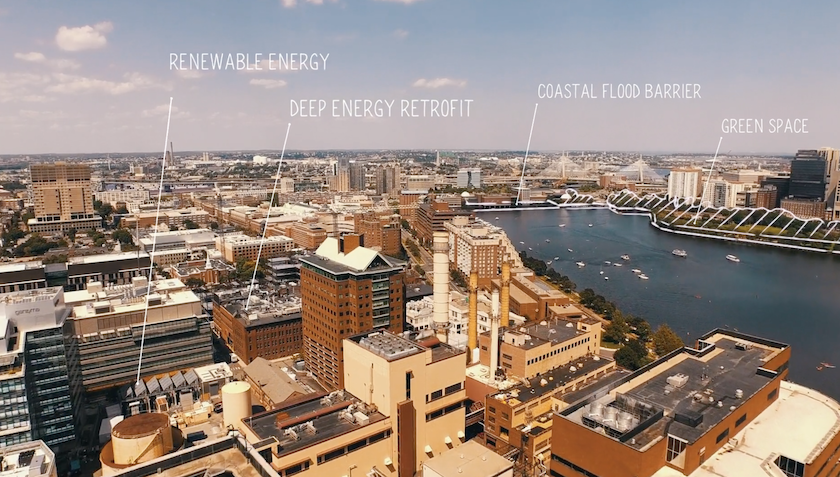September 12th, 2023
Via Harvard’s Chan School of Public Health, an interesting financial analysis of mixed use building retrofitting and BPS compliance:

Our first fictional use case concerns a Boston building owner who manages a four-story commercial building, consisting of apartments, offices, a bank, and a grocery store. This building owner is interested in retrofitting her building, particularly in HVAC and boiler technology upgrades. She would like to evaluate the reduction in energy use and emissions that would result from these upgrades, along with any potential environmental and public health cost savings. Additionally, as Boston’s new Building Energy Reporting and Disclosure Ordinance (BERDO) comes into force in 2025, she wants to see if the decrease in emissions from this retrofit will bring her into compliance with the performance standards for the 2025-2029 performance period.
With these goals in mind, she uploads a spreadsheet of her building’s actual energy data for 2020 and predicted energy data for 2024 to the Co-Benefits of the Built Environment (CoBE) tool, as she estimates the retrofit will be completed by 2024.
Based on the CoBE tool’s analysis of her projected emissions, she determines that these performance upgrades will decrease her building’s energy footprint by 20,316 MMBtu and its emissions footprint by 1,316 metric tons CO2e and 1 metric ton of air pollutants. Its climate impacts will be reduced by $61,252, and its public health impacts by $228,340. Additionally, she sees that her projected emissions for 2024 would fall below the annual emissions intensity cap for the 2025-2029 period, bringing her into compliance with BERDO.
'Black Swans' are highly improbable events that come as a surprise, have major disruptive effects, and that are often rationalized after the fact as if they had been predictable to begin with. In our rapidly warming world, such events are occurring ever more frequently and include wildfires, floods, extreme heat, and drought.
'Green Shoots' is a term used to describe signs of economic recovery or positive data during a downturn. It references a period of growth and recovery, when plants start to show signs of health and life, and, therefore, has been employed as a metaphor for a recovering economy.
It is my hope that Black Swans / Green Shoots will help readers understand both climate-activated risk and opportunity so that you may invest in, advise, or lead organizations in the context of increasing pressures of global urbanization, resource scarcity, and perils relating to climate change. I believe that the tools of business and finance can help individuals, businesses, and global society make informed choices about who and what to protect, and I hope that this blog provides some insight into the policy and private sector tools used to assess investments in resilient reinforcement, response, or recovery.